- To edit a picture or its caption, click on the edit link to the right or choose the picture here and edit.
Selected pictures

The famous Roosevelt Clock Tower, constructed in 1937, is the center point of the University of Puerto Rico, Rio Piedras Campus.

Many garitas 'sentry boxes', such as this one in Fort San Felipe del Morro, were constructed by the Spaniards to guard Old San Juan against enemy invaders. Long after their decommission, they now commonly used as the iconic representation of Puerto Rico's history and tourism.

Many landmarks in Puerto Rico, such as the Ponce Cathedral, were influenced by European neoclassical architecture.

City halls in Puerto Rico, such as the one in Ponce, are usually the centerpieces of each Municipality's town center. Most are located across the town plaza, and are frequented by the public and tourists alike.
The Puerto Rican spindalis, known locally as Reina Mora, is the national bird of Puerto Rico. It forms an important part of the local ecosystem, because of its help in seed dispersal and plant reproduction.

La Fortaleza, seen at top overlooking San Juan Bay, is the current residence of the Governor of Puerto Rico and the oldest executive mansion in the New World. It was declared a UNESCO World Heritage Site in 1983, 450 years after it was built.

The San Juan Cathedral in Old San Juan, Puerto Rico is one of the most important churches in the Caribbean, and one of the few in the Americas to feature New World medieval architecture. It is also the home of the Roman Catholic Archdiocese of San Juan and the final resting place of Spanish Conquistador Juan Ponce de León.

The word Jíbaro, is commonly used in Puerto Rico to refer to mountain dwelling peasant, which has come to represent the Puerto Rican people in all their historic, ethnic and cultural complexity. The image of a jíbaro is used in all forms of Puerto Rican art, including this monument in Cayey.
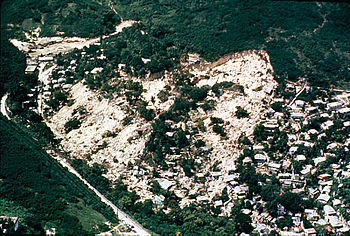
The 1985 Mameyes landslide in Ponce was one of the worst landslide disasters in North American history. Caused by excessive rains, it destroyed more than 100 homes and killed anywhere from 129 to 300 residents.

The first Supreme Court of Puerto Rico was established by the Foraker Act in 1900. A total of five members were appointed by U.S. President William McKinley, and two more for substituting resigning members.

The Ada orchid, like this one found in Peñuelas, is one of many endemic flora found in Puerto Rico.
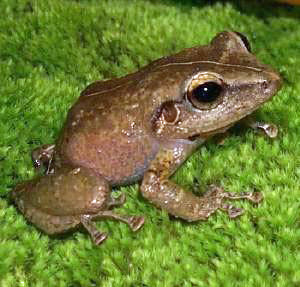
The Common coquí is considered the unofficial national symbol of Puerto Rico. Although miniature in size (average length of 34 mm), the male's sound calls can sometimes reach 100 dB.
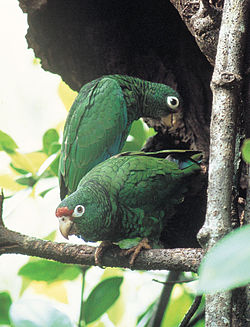
The Puerto Rican parrot is the only remaining native parrot in Puerto Rico and, as its current population is currently estimated at 58-80 and around 300 in captivity, is one of the 10 most critically-endangered species in the world.
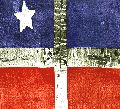
The 1868 Lares revolutionary flag was used during the 1868 rebellion against Spain, later known as the Grito de Lares. It was knitted by Mariana Bracetti.

The Ceiba is Puerto Rico's national tree. It is native to Mexico, Central America and the Caribbean, northern South America, and west Africa.
The Arecibo Observatory is the world's largest single-aperture telescope ever constructed. The telescope's dish has a diameter of over 1,000 ft (305m) and covers over 18 acres. The receiver array is suspended 450 ft (150m) above the dish, supported by three concrete towers each measuring between 265 ft (80m) and 365 ft (110m).
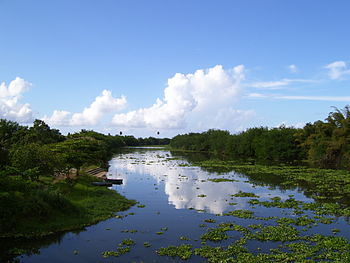
Puerto Rico has over 50 rivers, most originating from the island's central mountainous region which receives heavy rainfall. The largest of these rivers, Rio de la Plata, measures approximately 60.5 mi. (97 km), starting at an altitude of 2,625 ft (800 m) above sea level in Cayey before ending between the northern coastal towns of Dorado and Toa Baja.

Old San Juan is characterized by a mixture of Spanish architecture, cobblestone streets and open public plazas. Most buildings and plazas are maintained to preserve their history, with some, such as the Quinto Centenario Plaza being modernized with recent architecture and works of art.
Portal:Puerto Rico/Selected pictures/19
Portal:Puerto Rico/Selected pictures/20